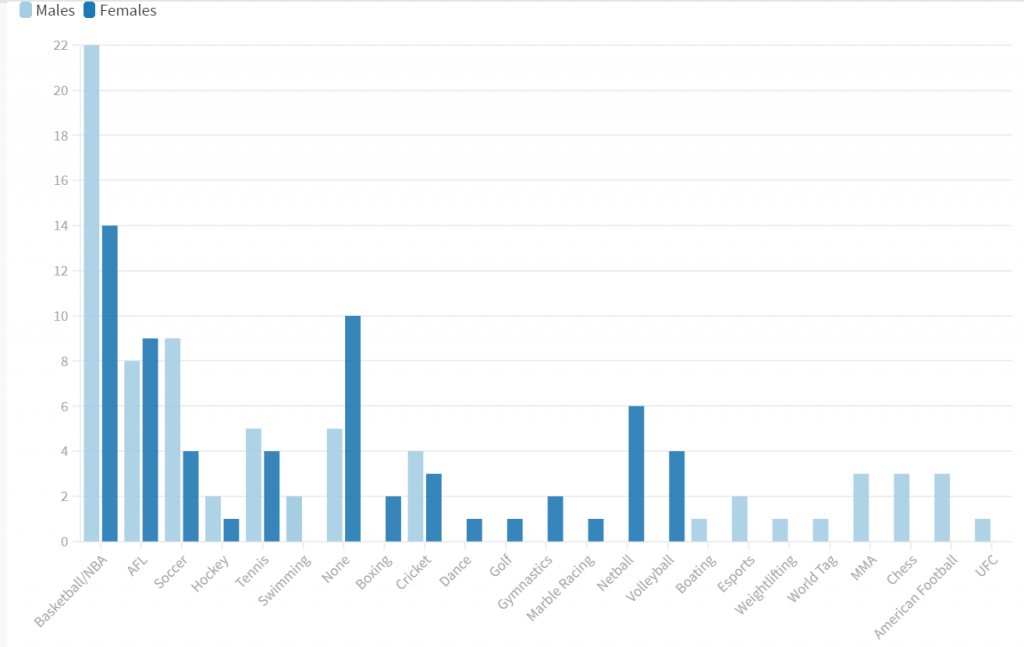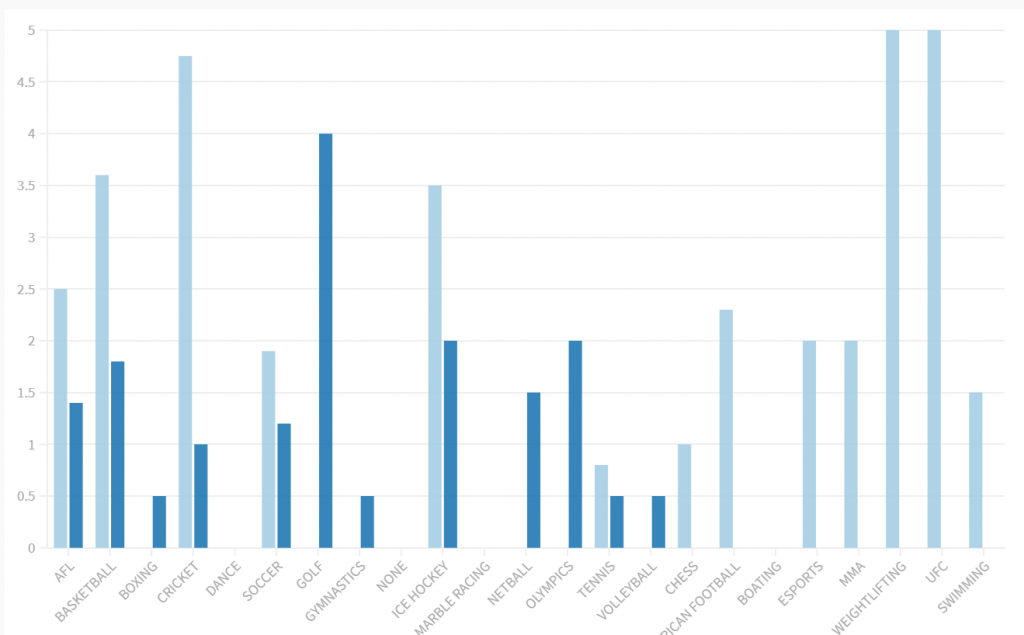Directorial Vision for Journey’s End
Style and Form
This play is based on the real-life experience of RC Sherriff when he was in France in 1918 WW1.
Written in 1928. In style, the play is realistic because it uses his experience to tell the story. A realistic play has other aspects like 3D characters with a psychological story. This means they have an inner journey as well as an external experience. He writes believable everyday dialogue of the time as well as showing real human emotions and relationships. All of the dramatic action takes place in the trenches in France so we use unity of time, place and action which is more believable for the audience. The costumes and set are also realistic.
Dramatic Meaning
Our play was a shortened version of the original and we looked at the themes of the effects of war on mental health, relationships and emotions. We wanted to show the audience how humans can connect and help each other in difficult circumstances. My character of Trotter was cheerful and supportive character. As there are still wars being fought we wanted to show the importance of learning from history and the past.
Our Rehearsal Process
We used some of Stanislavski’s rehearsal techniques:
- “Magic If”– we had to lie on the ground and imagine our character in a part of the trench. We had to imagine the sensory experience – what are they wearing, the sounds around them, the smell , the taste. What they can see? Who is with them in the space. What are they thinking about? How are they feeling? This helps the actor really live ‘in their characters shoes’.
- We learned our lines and then used objectives – what do I want from the line and what is my motivation.
We used some elements of drama like mood shifts to show how the characters are feeling in the moment and to one another. An example soft this is when Stanhope says to me” Now you can go relieve Hibbert and blacken in 3 of your little circles’.
Movement:
We also had to consider how soldiers and officers would move. I was really helpful in teaching the group how to march because I have done cadets. This took a long time as getting the movement in unison was challenging for some of the actors. It demands strong focus, energy and concentration. I taught them to respond to calls such as, “Company C, right turn” and ‘Salute”.
Question One: Please discuss the movement techniques you selected and how you applied these to create your character.
I play Trotter and he didn’t really have a walking technique so I decided to have a limp because I had a broken/fractured toe so I was walking funny with a limp and I also have a small fracture on my toe before the play which was annoying because I missed the actual play
Question Two: Please discuss the vocal techniques you selected to create your character.
Tone – When I was talking to Raleigh about getting ready, I had a normal voice and volume and I also being kind
Volume – When it was the soup scene, I had a high volume at the start because I was “hungry” and ready to eat then I raised my voice when I realized there was no pepper because Mason forgot it
Accent – I didn’t really know what to do with my accent so I didn’t really have one to be totally honest I didn’t know what to do about that.

Set design
Asset designer, I’m responsible for the look of the set and the feel. It was set in the trenches of it too I wanted to feel closed in because it was under the trenches so there wasn’t much space but I gave it the look of it being a home away from home the table was the centre point of the set because it was where the most action and the drinks where right next to it for Stanhope I created an area stage right for both the kitchen and the place where Raleigh can write a letter and a place to get changed. We used wooden boxes to create shape and texture the colours dull and dark to symbols we made it muddy look to it I put a bundle of sticks to show height and we had a projector on the back wall.




